Even light blows from heading a soccer ball can contribute to long term brain injury, highlighting the need for collecting precise data.


Even light blows from heading a soccer ball can contribute to long term brain injury, highlighting the need for collecting precise data.
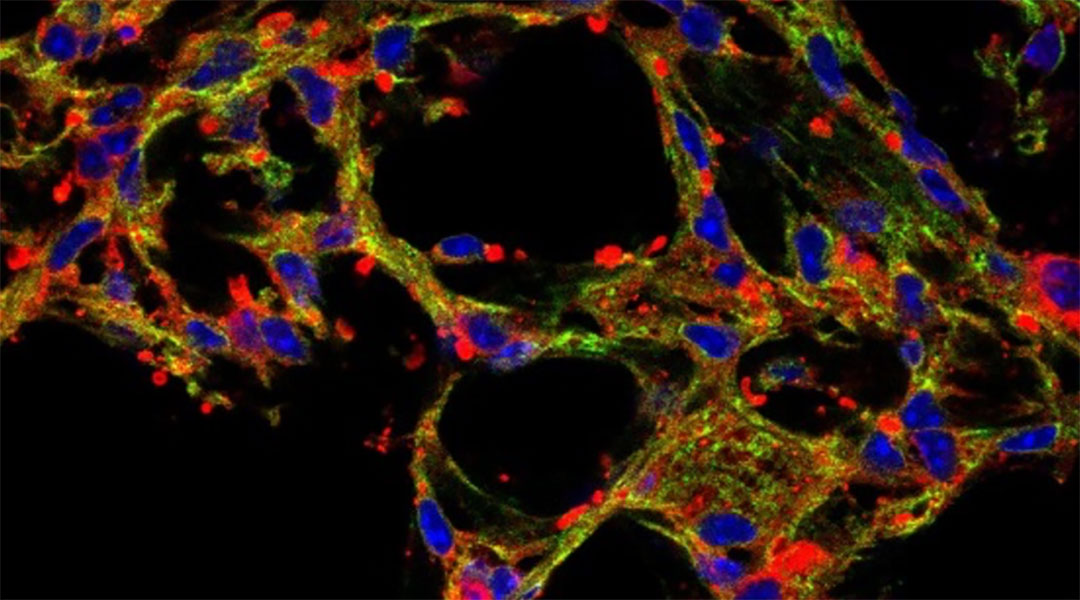
An inhaled drug carrier helps minimize side effects while delivering drugs to the lungs to treat diseases such as pulmonary fibrosis.
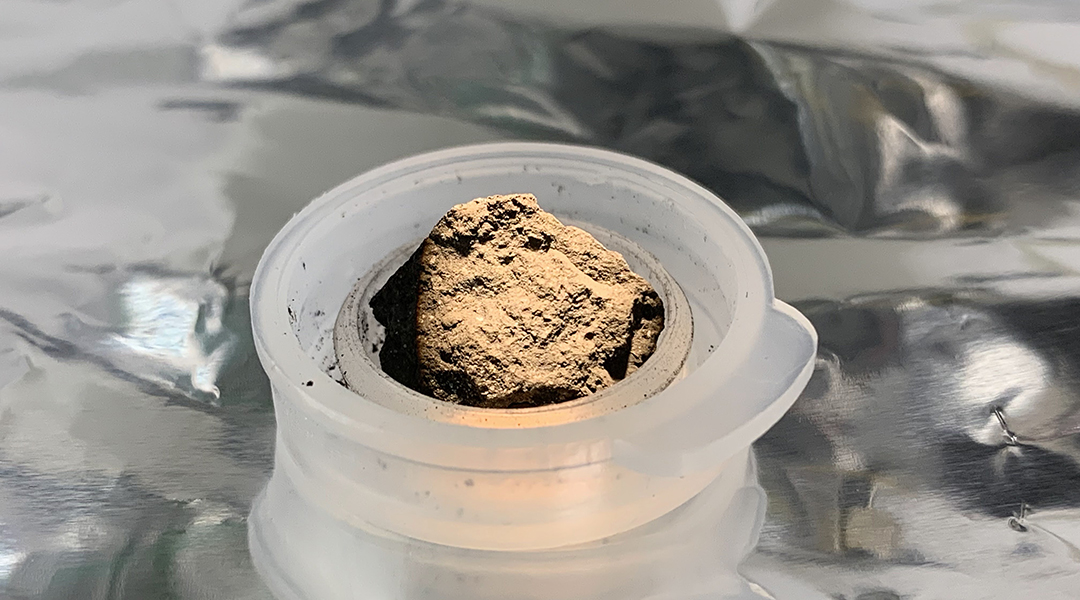
A meteorite that lit up the sky of Gloucestershire contains amino acids, the building blocks of life.

Though important, there are trade-offs to achieving the UN’s sustainable development goals when it comes to carbon capture and utilization.
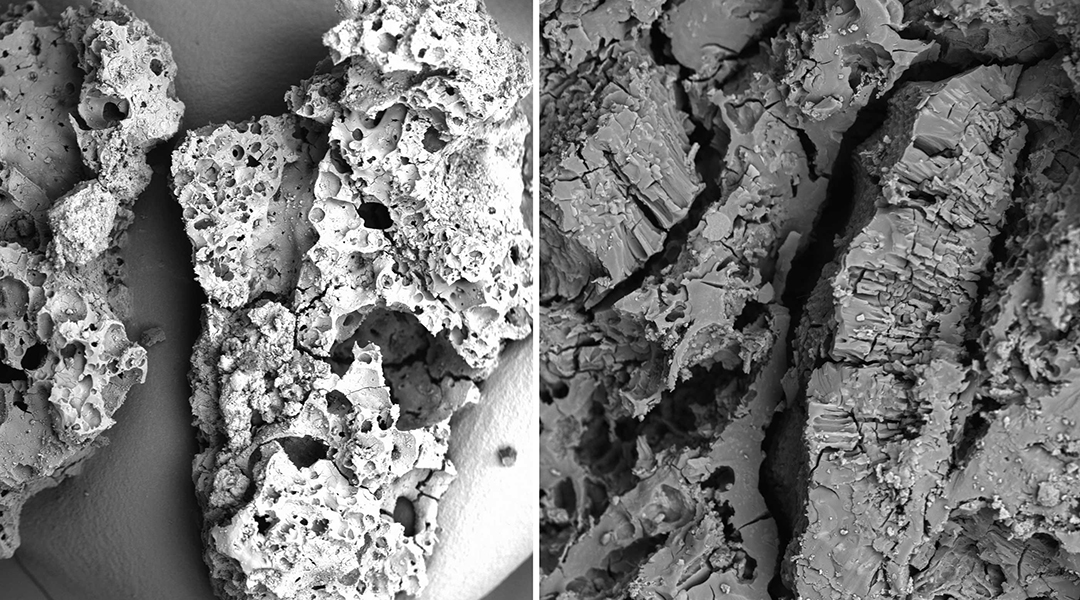
The study of charred remains of processed legumes and nuts gives new insights into the food choices and resource exploitation of Paleolithic humans.
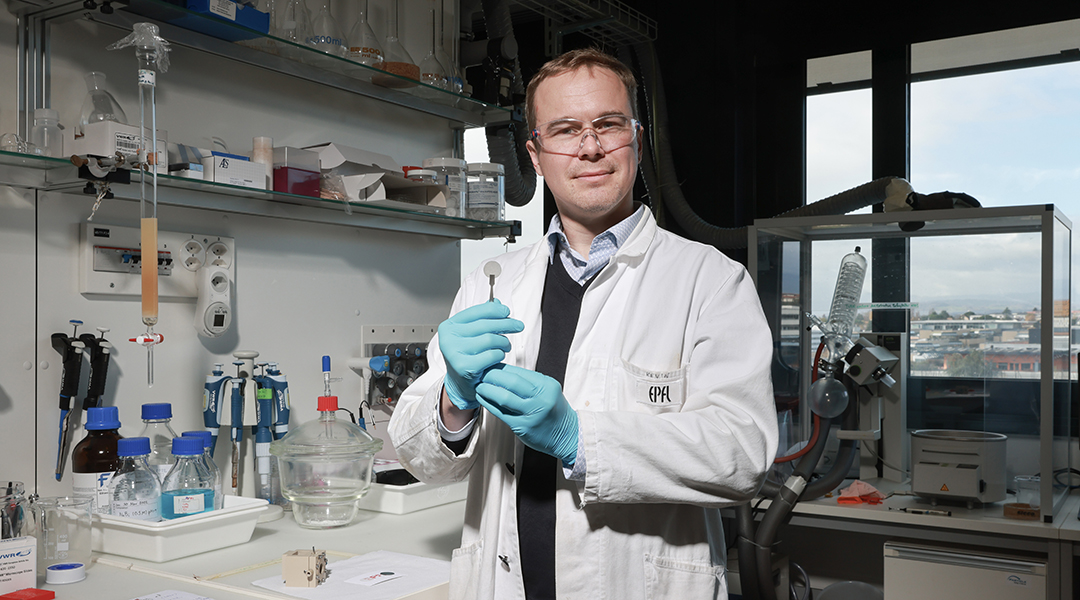
Taking inspiration from plants, researchers demonstrate a proof-of-concept device that extracts hydrogen fuel from humidity using sunlight.

A new study shows that even after millennia of apparent climate stability, global temperatures might suddenly increase at dramatic speeds.
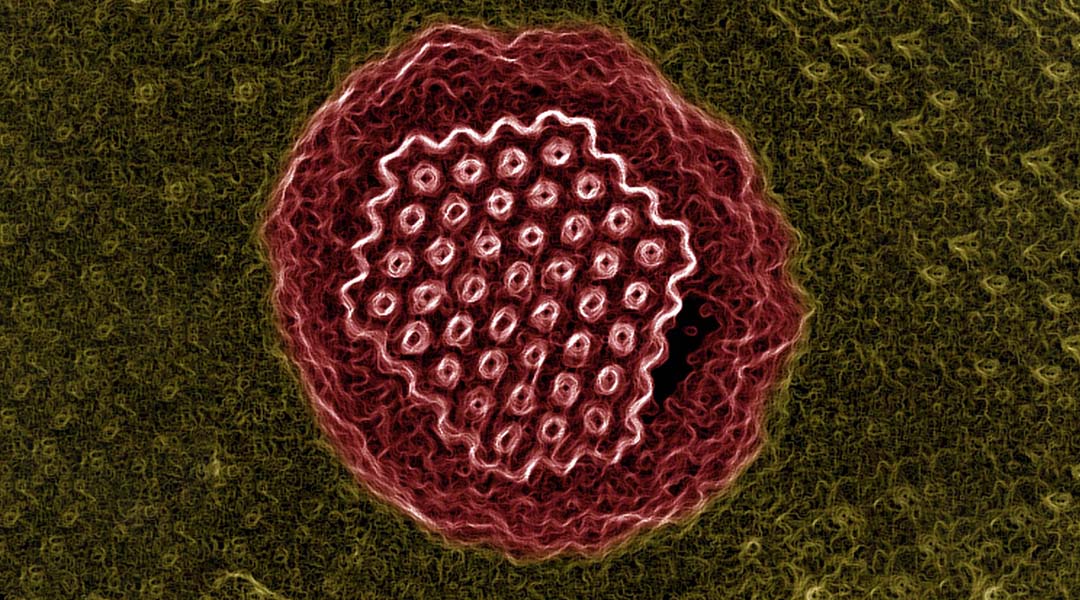
How seven ancient viruses ranging in age from 27,000 to 48,500 years were recovered from the Siberian permafrost, and what researchers hope to learn from them.
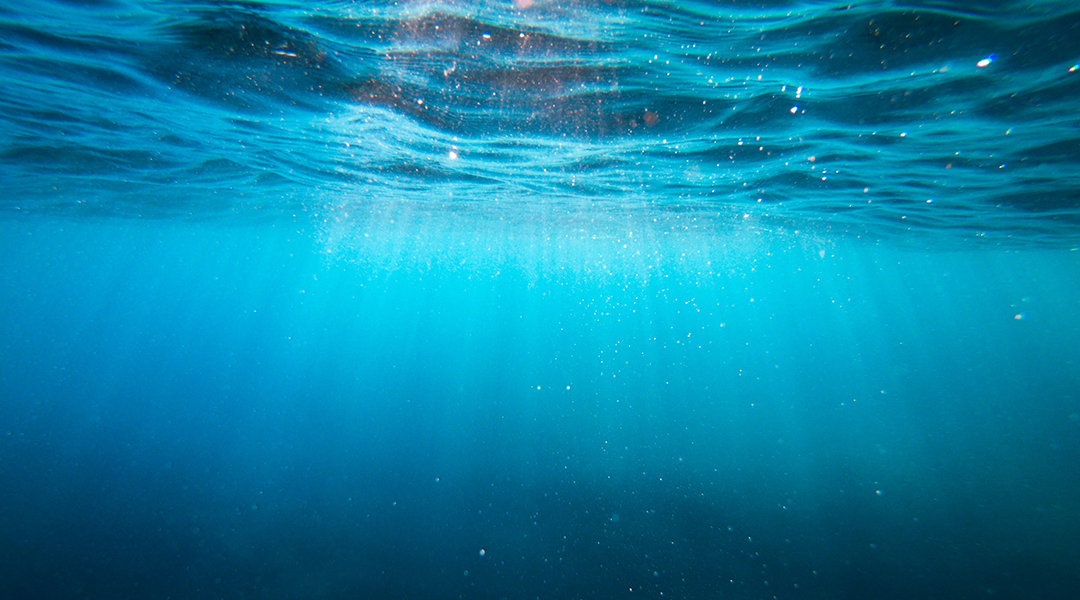
The direct electrolysis of seawater to make hydrogen has been shown in a lab-scale demonstration.
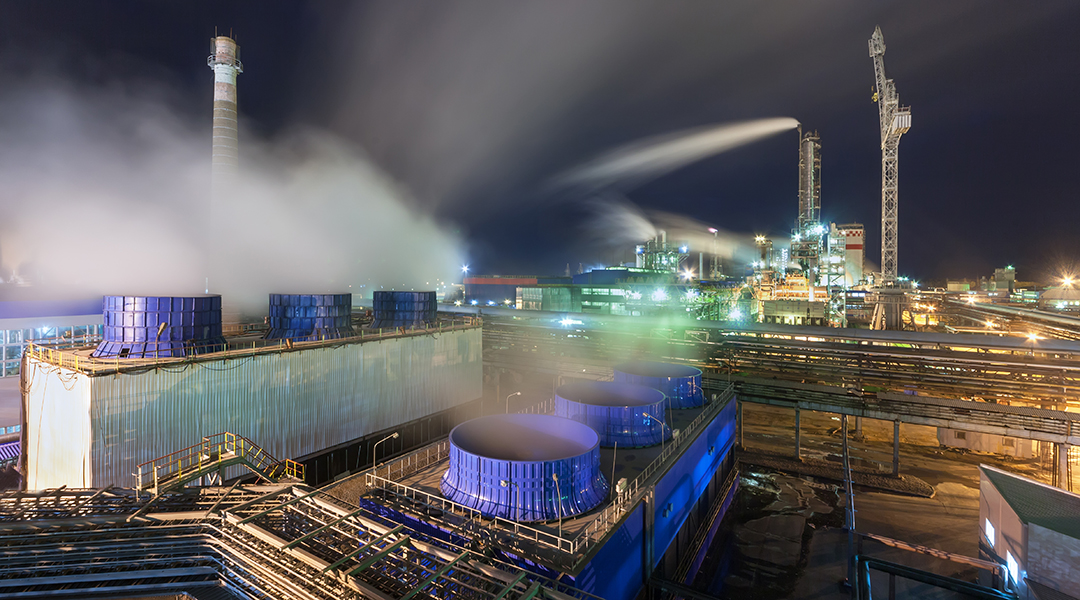
With a fossil fuel–derived climate catastrophe on our doorstep, many see ammonia as a possible alternative fuel source.